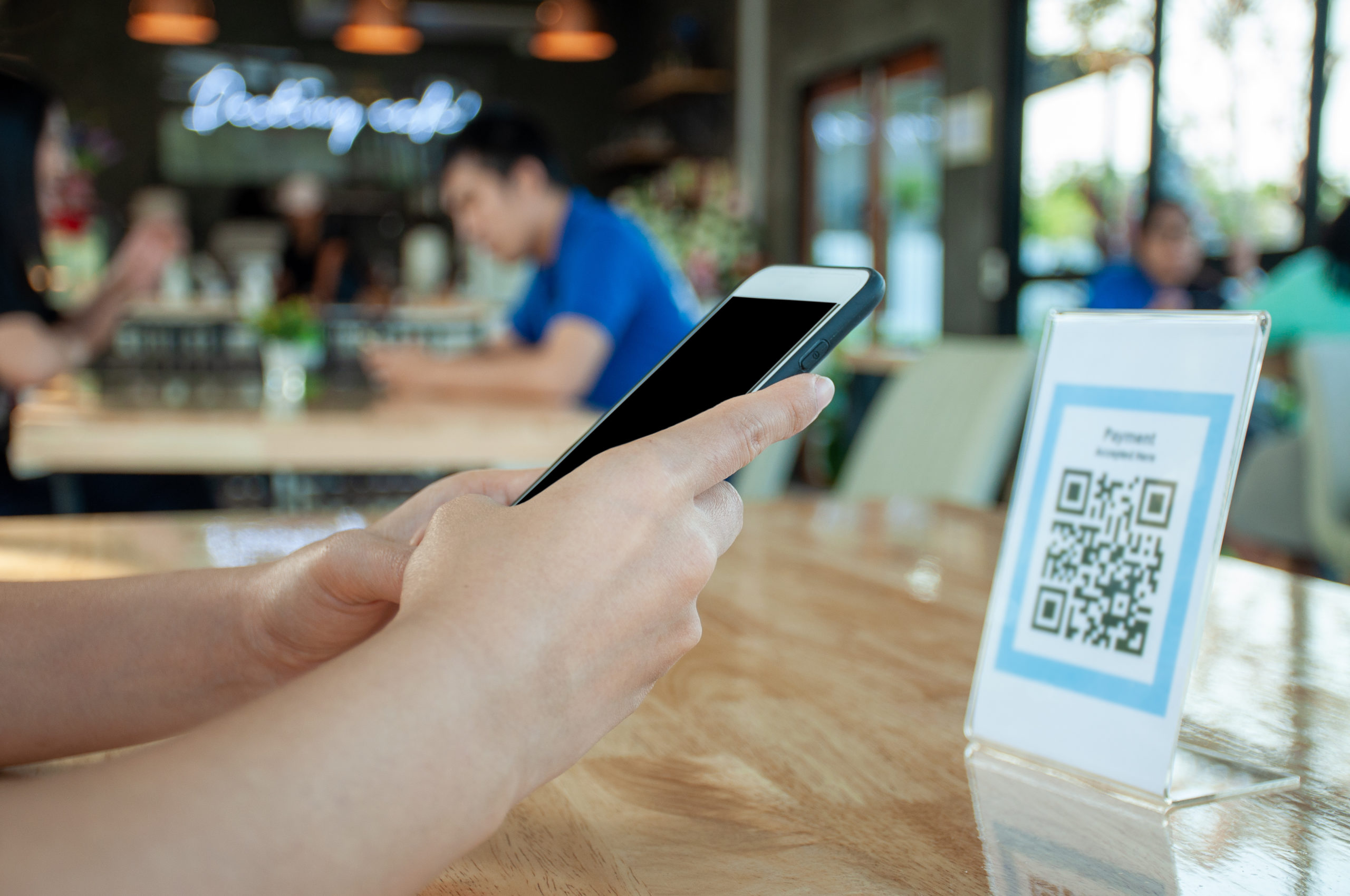Looking Ahead: How the Pandemic Revived Three Trends
The COVID-19 pandemic hit last year, disrupting daily life, habits, and businesses as we know it. With vaccinations available to all Americans, it now seems to be slowly ebbing away. However, there are many lasting consequences that consumers and society will take away from it for years to come. Face masks and hand sanitizers may become a common fixture, while international travel might stay abated for years. In addition to these predictable widespread pandemic trends, there are three trends that have been revived from the past and are likely to stick around for some time: QR codes, drive-in movie theatres, and at-home exercise.
The Revival of QR Codes
These little squares are everywhere in 2021. Take a look in any restaurant and you’ll likely find them at your table – an easy, touchless replacement of the classic menu. QR, or “Quick Response” codes, allow anyone with a smartphone to open their camera app, hover over the code, and toggle instantly to a website.
QR codes were invented in Japan in 1994, but they didn’t take off in the general public until 2010 when smartphones were finally able to read and process the data. Though they were an immediate hit in China, in the United States they were doomed to an ugly fate. For the next ten years, brands used them in gross excess in order to appear tech-savvy. The market for QR codes was saturated with advertisements, and until 2020 they were perceived as unergonomic, quirky, and lame.
Since the pandemic hit, QR codes are a hallmark of touchless, socially distanced technology. QR codes are not only common at leisure venues like restaurants, bars, movie theatres, and arenas. Workplaces, schools, and colleges post QR codes to record people’s locations, which allows for seamless contact tracing. They are also vital in healthcare and medical spaces, with doctor’s offices, hospitals, and vaccination clinics using them to display crucial health data.
These new, and less advertisement-focused applications of QR codes are just a few revived pandemic trends that are here to stay.
The Return of Drive-In Movies
The drive-in movie theatre is a classic American invention. One might recall images of 1950s suburban America, Elvis Presley, and the golden age of cinema. Though going to the drive-in theatre is a beloved vintage pastime, drive-ins had been on a steady decline pre-pandemic. In October 2019, 305 drive-ins existed in the U.S., compared to a height of over 4,000 in 1958. Rather than being seen as a functional pastime, going to the drive-in movie became a one-time novelty.
After the pandemic shuttered movie theatres and indoor leisure, the drive-in came back to life. Old drive-ins saw revitalized business, while makeshift drive-ins were set up in parks and mall parking lots. It combined the excitement of going to a theatre with the safety bubble of the car. Families, partners, and small groups could go out again – without the risk of contracting COVID-19. Drive-ins offered a glimpse of human connection, shared enjoyment, and public life.
Drive-in religious services, concerts, graduations, and weddings are other pandemic-induced variations of the classic drive-in movie. During the 2020 election, President Joe Biden held campaign drive-in rallies, replacing the typical stadium-filled rally. Though movie theatres are opening their doors to the public once again, Americans remember the popular pastime of the bygone days, and will likely continue to seek them out.
The Demand for At-Home Exercise Equipment
COVID-19 introduced a new wave of people to exercise. With stay-at-home orders in place and a sharp adjustment to working from home, people turned to at-home workouts in order to counter their sedentary lifestyles. And, with gyms closed, regular gym-goers found themselves needing alternative plans.
The demand for at-home exercise equipment exploded in the early stages of the pandemic. From March to October 2020, treadmill sales were up 135%, while Peloton sales increased by 232%. More Americans than ever looked to fitness tracking devices, like apps and watches, and there was a new demand for virtual or outdoor Zoom workouts. These safe alternatives to group fitness classes offered the community engagement and social interaction that some craved.
Others who felt a burning desire to get out of the house ventured to the greater outdoors. Hiking was one of the few safe activities available to Americans in 2020. Sales of hiking and camping gear were up in 2020 as family road trips to state parks became increasingly popular. Rather than booking plane tickets and hotels, people looked to the great outdoors. Hiking is a low-risk activity that also allows for social distancing; even as the pandemic ebbs away, it is likely here to stay.
It is undeniable that COVID-19 has rocked personal habits, the economy, and brand strategies around the world. As we look towards a return to normalcy, these revived trends of the pandemic world are here to stay: QR codes, drive-in theatres, and at-home exercise.
Interested in reading more on COVID-19? Check out our other blogs here.
-
How Market Research Can Help You Open Up
-
COVID-19 and Conducting Market Research
-
Online Focus Groups During COVID-19
Interested in our market research capabilities?
-
Take a look at our research strategies here.
-
Email us at [email protected].
-
Sign up for our newsletters here.












